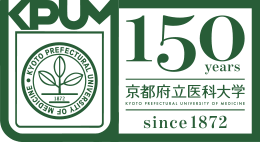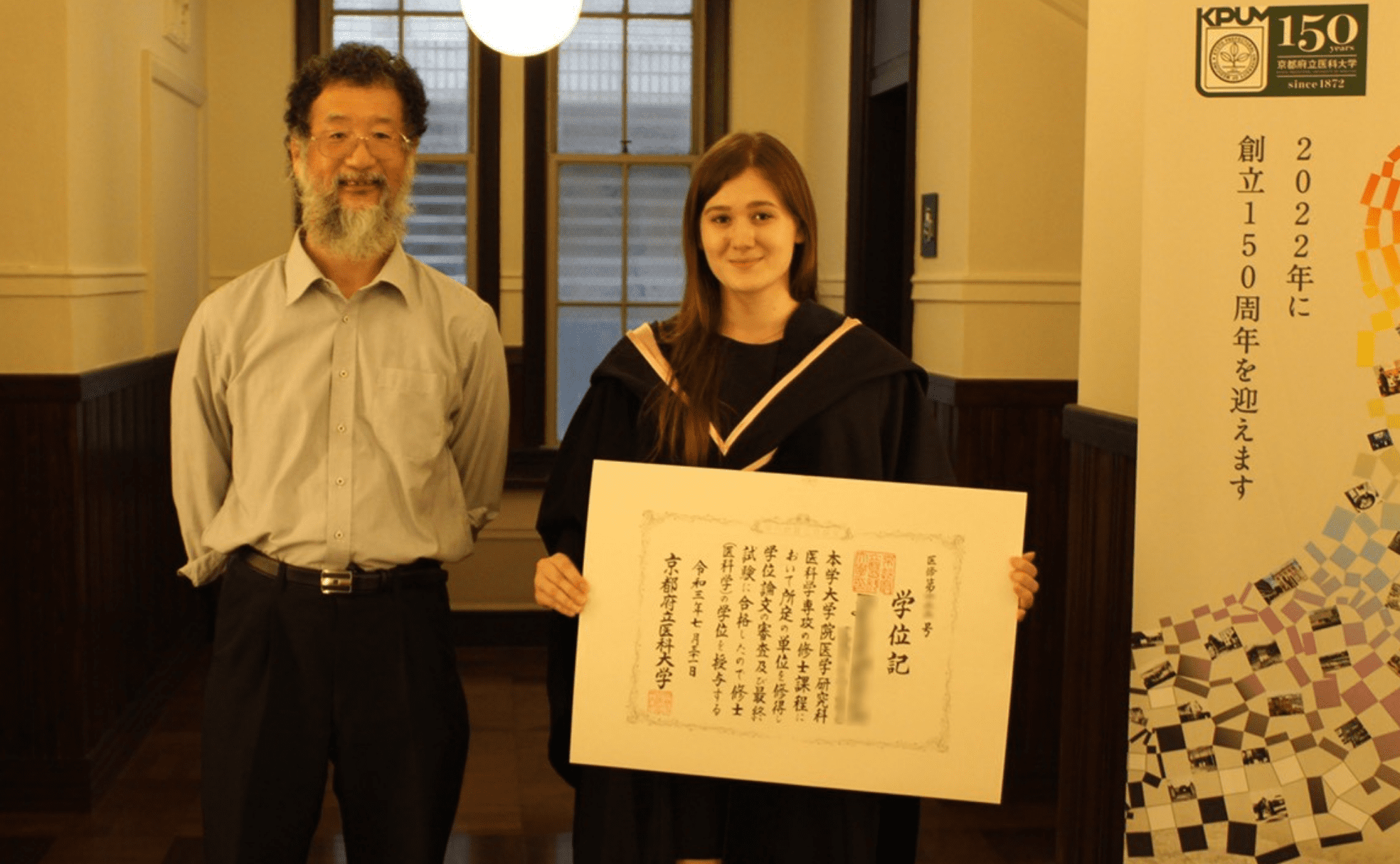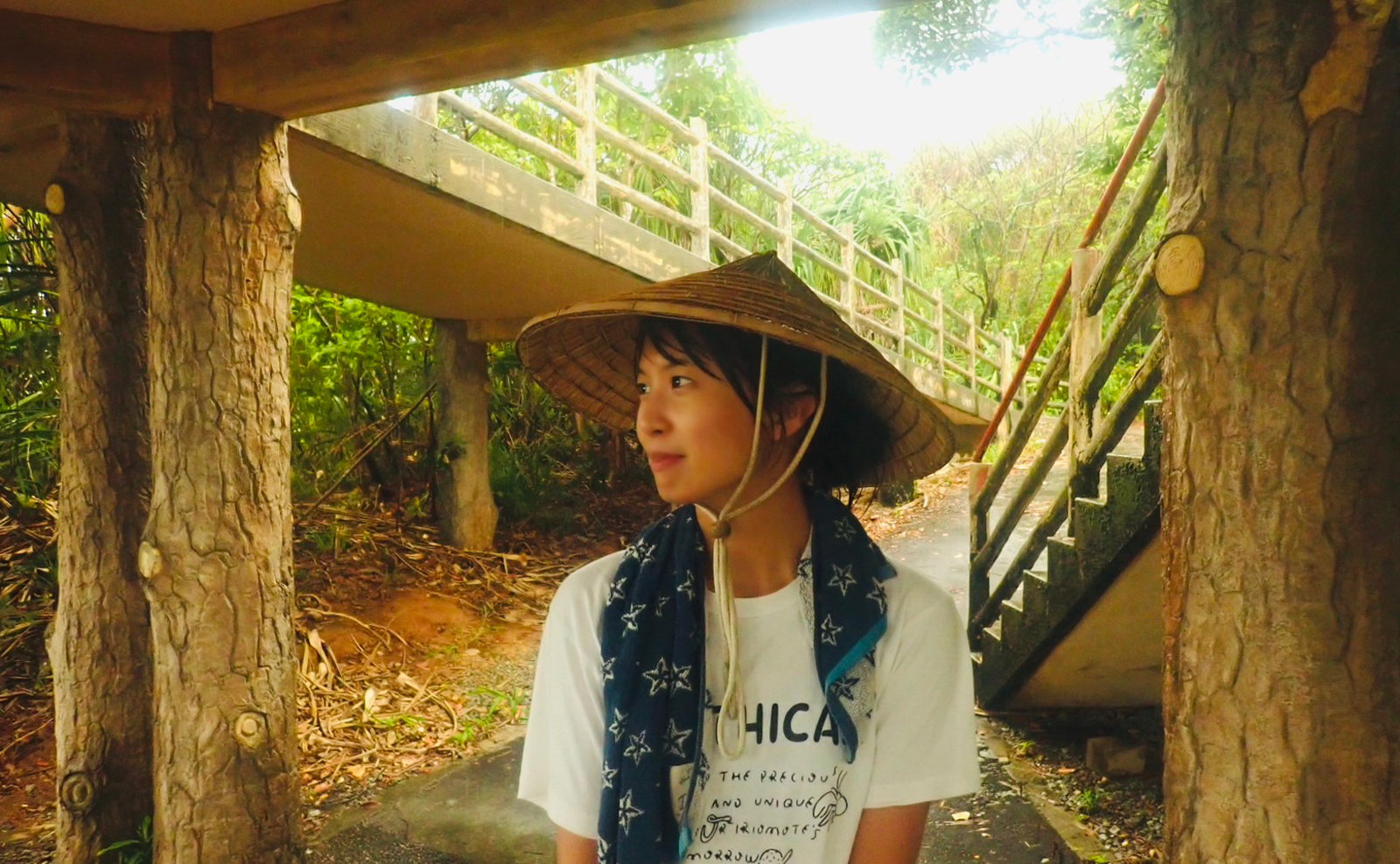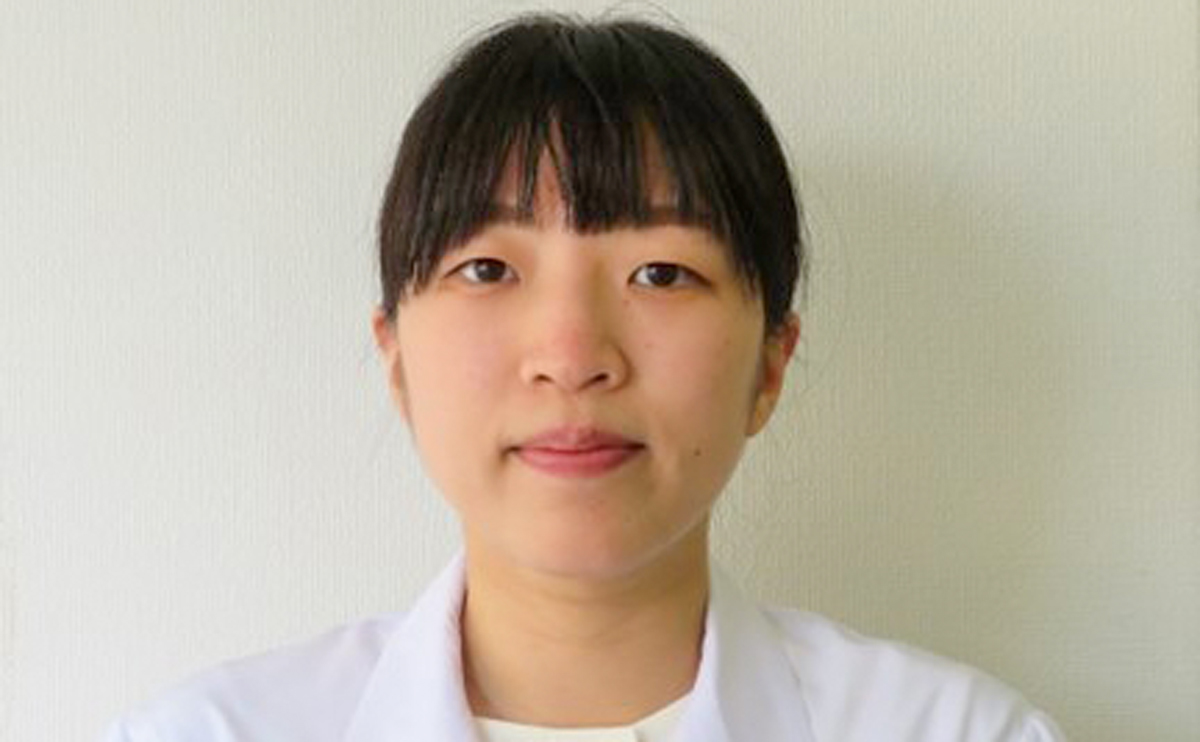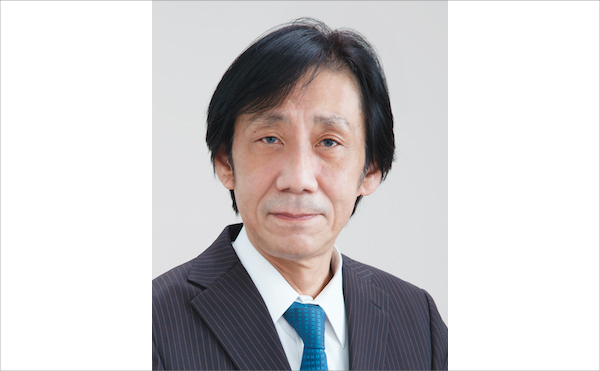Introduction – before coming to Japan
Thank you for accepting our interview request. First of all, can you give us a self-introduction?
Thank you for inviting me. I am Magdalena Nazaruk, a DDP* student currently doing a research project at the Department of Immunology at KPUM. Before, I have obtained a bachelor’s degree in Medical Biotechnology in Poland. To complete my master’s degree in Biomedical Sciences, I moved to Maastricht University in the Netherlands.
*DDP; abbreviation for Double Degree Program. Students graduate with master’s degrees from Maastricht University and Kyoto Prefectural University of Medicine. This program is carried out in cooperation of the two universities.
How did you come to be interested in science?
Until middle school, I’ve wanted to become an architect, but I got more fascinated by biology and chemistry, especially all of the different aspects of the human body. It seemed obvious to me that everyone should have a very basic knowledge of how it functions. Going further, I became particularly interested in genetics and epigenetics. I was interested in medicine and research, but in the end decided to pursue medical biotechnology as my major, which allowed me to study both, and it seemed more suited for my character. Moreover, I was fascinated by the idea that researchers get to uncover the unknown and announce it to the world. When DNA was discovered as the source of genetic information, it was thought to be overly simplistic. However, nowadays, it is known that there are many various regulatory mechanisms such as epigenetics, non-coding RNAs, and more. Yet, there are still many things that remain unexplained.
Why did you choose KPUM for your second master’s degree?
When I heard about the Double Degree Program at KPUM, I got excited to join it because of the possibility to gain new experience, make connections, see how research is performed at the other side of the world, and encounter a different culture. Actually, I had another choice of university, however it mostly had projects focusing on the field of neurobiology, and I liked the diversity that KPUM proposed. Also, since high school, I have been interested in the history and culture of several Asian countries. That is why the program was even more attractive to me, and I am very grateful for this opportunity.
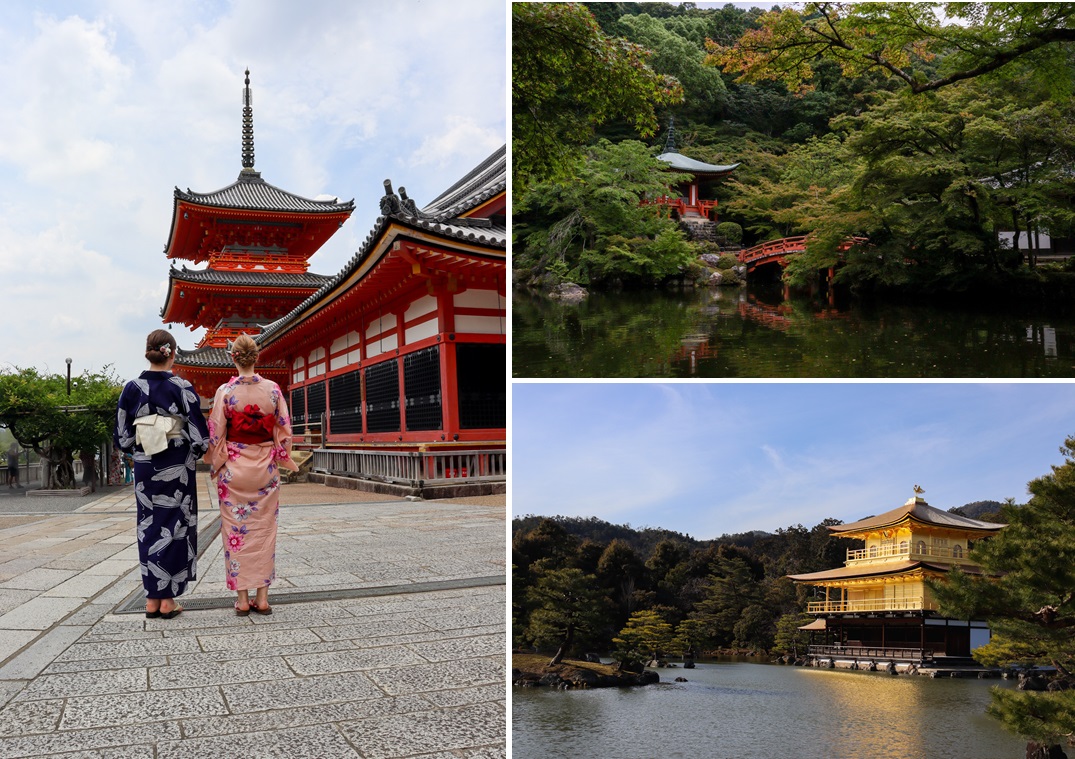
During my stay, I’ve visited many of sight-seeing spots in Kyoto: Kiyomizudera (left), Daigoji (upper right), Kinkakuji (lower right), and many more. Kyoto is full of unique places worth experiencing.
My stay in Japan under the COVID-19
What were your thoughts about going overseas under the COVID-19 influence?
I was a little anxious, but I was even more excited to go to Japan. For a long time, I was unsure whether I would come to Japan due to the pandemic situation. In the end, thankfully, everything turned out all right. I was able to come with a small delay, but the wait was worth it.
Of course, after arriving, I had to go through quarantine for the first two weeks. It was challenging to spend such a long time in a small space without seeing the outside world, but it was worth coming here and experiencing everything. I am grateful to all of the people who made it possible for me and other students to come here and study.
What was the most impressive thing during your stay?
As for KPUM, people are very hard-working. Even if they perform as a physician, they still come to the lab to perform experiments. Everyone is really passionate about their research projects and some of them would stay till late at night.
As for Japan, it was impressive that even though the lives of people are busy and fast, there are places where you can relax, especially in Kyoto with so many temples, shrines, and hiking trails. The center of the city is filled with noise, but at those places, it becomes quiet and tranquil. That was captivating and really enjoyable during my stay.
You joined KiSA (KPUM international Student Association) and communicated with other KPUM students. What did you think of the KiSA’s online workshops?
The meetings were well-organized, and it was good to see other students, including the participants from Thailand, the UK, and Singapore. It would have been better to have real get-together meetings, but it was still nice to meet students online. Even in the COVID-19 environment, I could interact a lot with KPUM students, learn about Japan, and make new connections. With the help and insight of the students, I discovered unique cultural aspects and sightseeing spots.
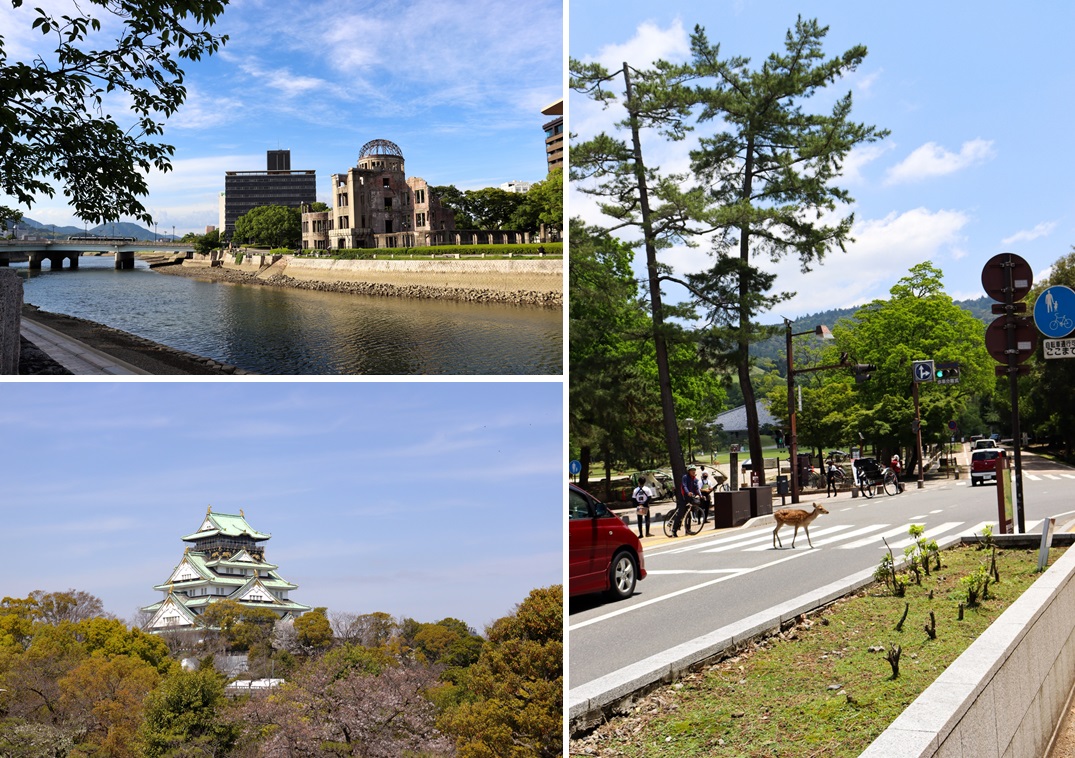
Outside of Kyoto, I’ve visited Hiroshima (upper left), Osaka (lower left), and Nara (right). All of them were delightful and I wish to come back to Japan one day and discover even more.
Research environment in Japan
Can you tell us about your research project here?
My research project focuses on the direct conversion of fibroblasts to brown adipocytes. The primary function of brown adipocytes is regulating body heat by burning fat, and it is related to metabolic health. Therapeutic application of brown adipocytes in the treatment of obesity is an active field of research. Cellular reprogramming from fibroblasts to brown adipocytes was previously performed in vitro by Dr. Kishida at KPUM, so our main focus was to investigate the procedure in vivo in mice. We also studied brown adipocytes obtained through two different methods (genetical and chemical conversion). It was alluring to me that the fate of cells can be changed, and that it could be applied as a therapeutic modality.
How did you choose the laboratory?
During my specialization at Maastricht University, focusing on advanced principles of genetics and genomics, as well as clinical genetics, I studied epigenetics and gained interest in regenerative medicine. As mentioned previously, the project proposed by the Department of Immunology was focusing on cell reprogramming, that is why it was very appealing to me. My specialization did not focus so much on it, so I wanted to advance my knowledge and get hands-on experience, since I think it’s a promising field providing possibilities for novel therapies.
Can you describe your typical day at the lab?
In my case, I usually come to the university around 9 a.m. and go back home between 6-8 p.m. Of course, it can vary per student, depending on how engaged they are. If they want to spend most of their time in lab experiments, that is possible. I think the supervisors are appreciative of motivated students that are highly engaged in their projects. Aside from my project, I had to attend some online lectures and prepare written assignments. There were also several practical classes which were really exciting.
You are almost finishing your program at KPUM. How was your experience in the lab?
It was quite intense but also very satisfactory. I’ve learned a lot from my department and gained a lot of experience in performing research. At Maastricht University we spend most of the time on theoretical preparation, so this was an immense opportunity to gain practical preparation for the latter stages of my career. At KPUM I gained more hands-on experience in the lab, especially in animal experiments.
What is your future career plan?
Currently, I’m looking for a research assistant job before pursuing a PhD to gain more experience as it is quite competitive to secure a position in Europe. After obtaining a PhD, most people become a postdoc or go into industry, as it is easy to switch. Also, I’m studying programming and analysis of complex datasets. I think nowadays it is crucial to analyze data such as RNA sequencing, whole-genome sequencing, etc. I want to combine it with wet-lab experiments in my future path.
For international exchange - connecting Maastricht and Kyoto
What can we do to encourage international interaction between KPUM-UM?
It would be nice if more Japanese students from KPUM would come to Maastricht. In Japan lectures are delivered using SBL* while Maastricht has a PBL* system of education. Experiencing the differences between Japan and Europe can be useful. Apart from that, it would have been nicer, if the DDP students could attend more lectures with the Japanese students and interact with them, like in a seminar style lecture.
*SBL (Subject-based learning) is a learning method to gain systematic knowledge. It allows students to learn knowledge in a holistic way, but it can lead to passive learning.
*PBL (Problem-based learning) is an active way of learning to have better retention of knowledge and enhance motivation. Students work in small tutorial groups, engage in hands-on training under a supervision of a tutor and attend fewer lectures.
Could you give a message to Japanese readers and future DDP students?
For Japanese readers, please be brave enough to come to Maastricht University. It is an international university where all of the classes are carried out in English, and everyone will be happy to help you. The Netherlands is a really accommodating country, where almost everyone speaks English, so it’s easy to live there, and Maastricht is a cozy city. I think it will be a great experience for your future life and career!
For future DDP students, please be open to what awaits you here. The experience at KPUM will satisfy you at many levels. Be open-minded to the opportunities, interact with other students, and enjoy the Japanese culture. DDP is challenging but also rewarding, so don’t hesitate to come to the other side of the world. You won’t be disappointed!
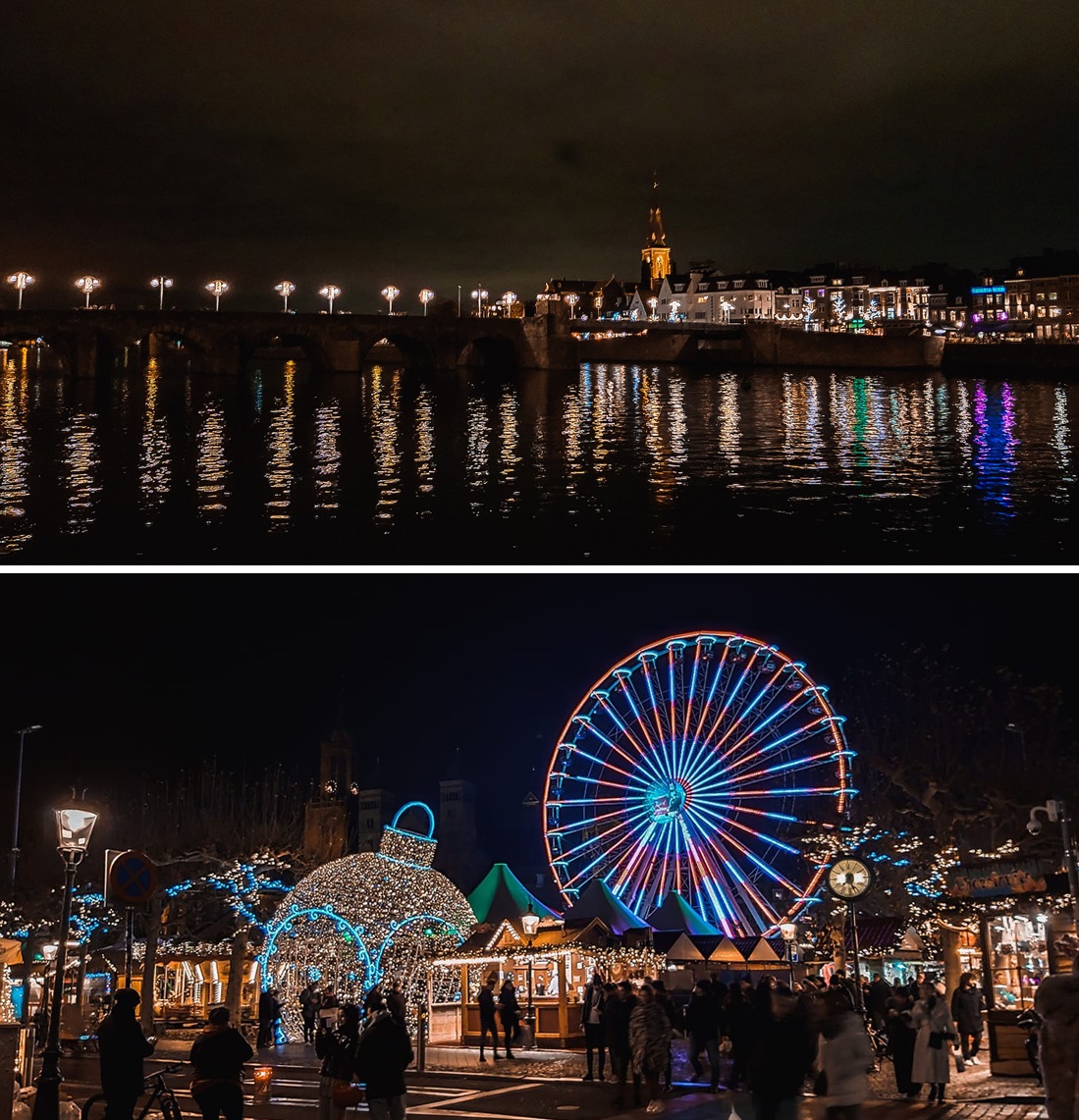
Maastricht, Sint Servaasbrug (upper) and Christmas market at Vrijthof (lower). I hope more KPUM students can come to Maastricht in the future and enjoy this beautiful city.
取材・文:岡田優人(医3)
